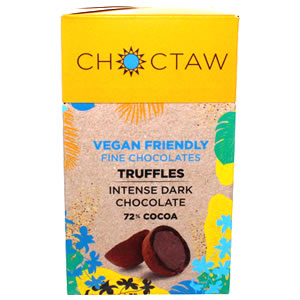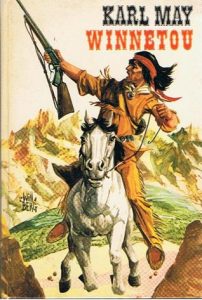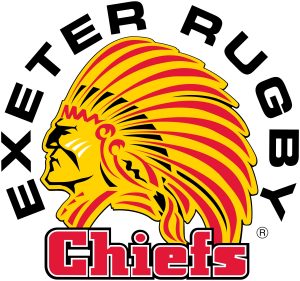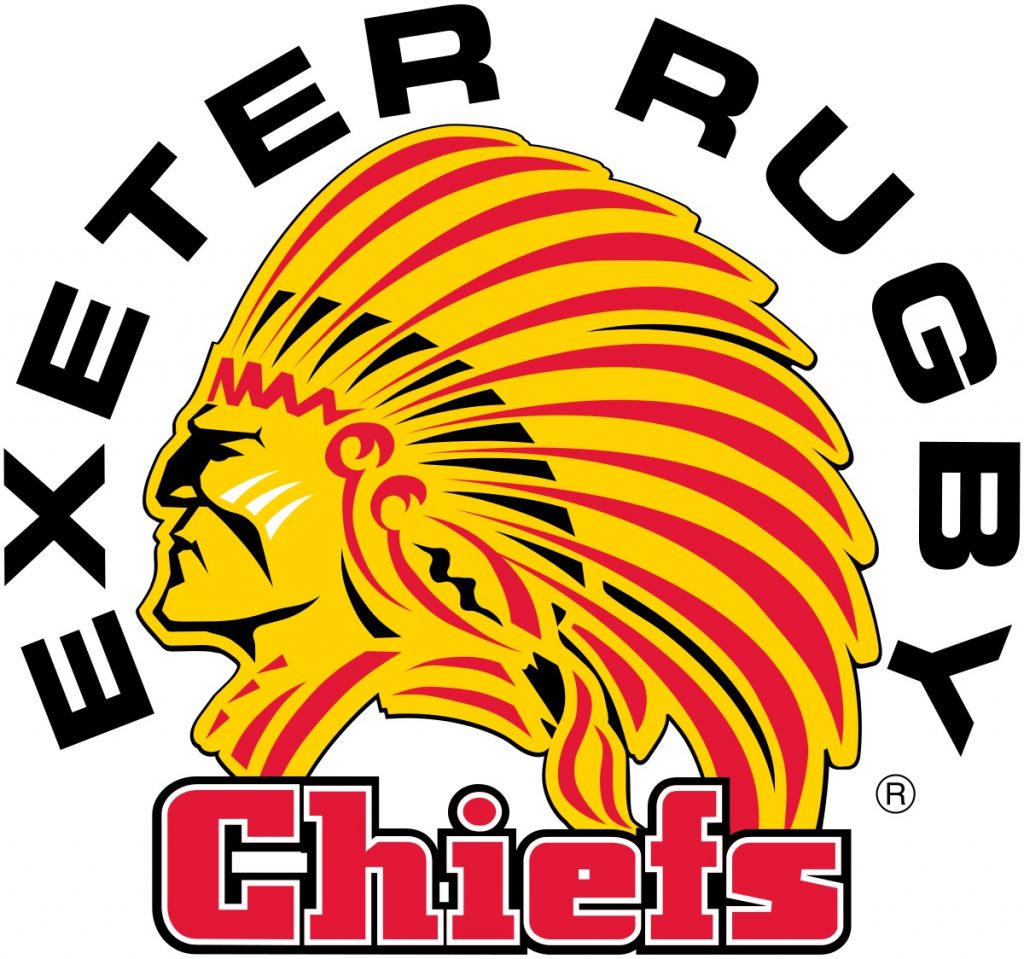Professor David Stirrup (Kent)
Principal Investigator, ‘Beyond the Spectacle’
I was asked recently where my specific interest in Native American visitors to the UK began, and I was slightly shocked to realise that it was about a decade ago. In early September 2009, I attended a Native Studies Research Network UK symposium on Tavistock Square in Bloomsbury, London. In my jacket pocket I had two things that I had taken with me to show my colleague, James Mackay. As I sat and gazed out of the window at a passing truck with a tipi and the moniker “Powwow food distribution” emblazoned across it, I was reminded of those items. One was a newspaper report about a maize maze that had recently been opened in Staffordshire that took the form of a Native American warrior head. It was of a piece with the previous year’s Aztec Pyramid, while the maze operators had earlier chosen space rockets, Harry Potter, and other fantastic and fantastical designs. Along with that I had an empty packet. It was a “Frube”, a tube of yoghurt designed for children. This one came from their “fantasy” range, and again featured a cartoon caricature of a Native American in full war bonnet. The packet it had come out of included a vampire, a Frankenstein’s monster, and other, similar, imaginary figures. A few years later, James and I co-edited a book entitled Tribal Fantasies: Native Americans in the European Imaginary, 1900-2010. Contributors to that book picked up similar anomalous trends in social, political, musical, and commodity culture across Europe in which Native Americans – or at least Native American caricatures – played significant roles. One of the concerns we kept coming back to in the course of that project was the ways in which such depictions, often loudly criticised in the US and Canada (where they still happen nevertheless), occurred here in Britain with little opposition. Was it simply a matter of the distance – geographically, politically – between Britain and Native North American communities? Was it a lack of understanding, or a lack of advocacy? Was it down to the absence (relatively speaking) of Native Americans in the UK – no voice, no presence to correct misconceptions or point out the damage such apparent trivialities cause? The long history of British-North American entanglement meant, of course, that that Native presence had to be there, both historically and in the present day. But beyond the litter of myths, legends, stereotypes, and misunderstandings left behind by the spectacles surrounding Pocahontas or Buffalo Bill, where was it?

I am drawn back to this moment because of two recent occurrences. The first was a reminder that I need to read German scholar Frank Usbeck’s book Fellow Tribesmen: the Image of Native Americans, National Identity, and Nazi Ideology in Germany (Berghahn Books, 2015). Most particularly it was the throwaway comment on Facebook that accompanied a picture of the book – something along the lines of “Oh great, so now they want to blame Native Americans for Nazism, too”. However tongue in cheek the comment was meant to be, it is worth saying sincerely that that couldn’t be further from the truth of Frank’s work, but it illustrates a serious (in every sense) gulf between the reality of Indigenous experience and the fetishistic uses to which Indigenous images have been put throughout the centuries. More about that shortly. Meanwhile, the second, somewhat trivial in comparison, was the marketing of a new product line by a British vegan confectionery business. The line in question, “Choctaw Chocolates,” claim on their website to have been inspired by a Choctaw “legend,” and they accompany that explanation with a line-drawn picture of a war bonnet. If you google “Choctaw headdress” you will find a variety of pictures of feathered headwear purporting to be, and even worn by, Choctaw, but they did not traditionally wear such regalia. These two things, clearly, are very different, so why conflate them? Well, they come from the same kind of place, and it is a place in which a) Native Americans and their cultural practices are seen as available for European exploitation; b) the cultural distinctiveness of tribal nations becomes conflated through the perpetuation of stereotypes or choices based on aesthetics rather than accuracy; c) half-truths and mistruths are peddled for their exotic appeal – such as the notion that the Choctaw were vegetarian, which is somewhat of an anachronistic projection of contemporary values on communities that ate a broad based diet that included meat, albeit sparingly; and d) Native peoples are spoken about in the past tense, which of course underpins justification for all of the above. If they’re no longer here, they can’t/won’t argue. The kinds of uses to which Choctaw Chocolates put their “imaginary Indians,” then, remains potentially very damaging, stripping agency, cultural ownership, and even presence – including the right to tell their own stories – from the people who bear that name. Indeed, it is more than a little ironic that an English company should be practicing this kind of unethical branding given the impact that British colonialism had on the Choctaw and their diets.

In the vegetables versus Nazis debate, the subject of Frank Usbeck’s book might, I concede, seem a little more significant, however. In fact, Frank is pursuing a line of research into German culture that is characterised by Hartmut Lutz through the term “Indianthusiasm”, which precedes Hitler significantly. The key figure here is the German author Karl May, whose best-known books, written in the late 19th and very early 20th centuries, revolve around the adventures of the German settler Old Shatterhand and his friend Winnetou, fictional chief of the Mescalero Apache. Old Shatterhand, May always maintained, was based on his own experiences traveling through the US. All well and good, except that May’s trips to America largely occurred after he had written these books and it really is not clear what kind of contact he had with Native peoples even when he did go. In other words, his depictions of Native Americans and Indigenous-European encounter are figments (feats, really) of his own imagination. And yet those figments have influenced countless prominent Germans, from Einstein to Hitler himself, and play a central role in the popular image of Native Americans in Germany (and other parts of Europe, particularly eastern Europe) to this day. Hitler’s interest, like that of many Germans before and since, stemmed from childhood and a love of May’s adventure narratives. Those books were required reading for Hitler Youth, while Native Americans more broadly were contradictory objects (I use the word deliberately) of both celebration (for their purity of blood and culture and their connection to the soil) and derision (for their ultimate “conquering” by European incomers) for Hitler. Nazi fascination with Native Americans goes deeper than the whims of the Führer, meanwhile.

As Usbeck makes clear, nationalism in Germany from the early nineteenth-century onwards grew out of a völkisch self-identification, “as indigenous peoples and particularly as soul mates of a sort to Native Americans.” The story of German fascination with Native Americans has been well told – by Lutz along with others, and most recently in Anishinaabe writer Drew Hayden Taylor’s documentary film Searching for Winnetou, examining cultural appropriation and, of course, the German powwow scene. Usbeck’s book, however, specifically focuses on media representations during the Third Reich where the invocation in the book’s title – of Native Americans as “fellow tribesmen” – becomes evident. Such manoeuvres are unsurprisingly based on common assumptions and misperceptions of Native peoples themselves and somewhat fabricated histories of the volk. Manipulations of ideas of Indigeneity are not unique to Germany, of course. We see them throughout European and EuroAmerican cultures: in children’s toys, TV and film, the formation of the Boy Scouts, clubs and societies such as the Bristol Savages, the Exeter Chiefs Rugby Club*, in no end of New Age practices and products, in the finale shows of dance troupes and youth theatres, and much more. In my own chapter in Tribal Fantasies, co-written with another colleague Dr Padraig Kirwan (Goldsmiths), we looked at the perpetuation of images of “Indians” in contemporary far-right political discourse throughout Europe. In an extension of those Nazi images, this iteration of the noble Warrior is invoked through a lens of pity and warning: “Native Americans didn’t stop immigration, and now they’re confined to reservations,” runs the common strapline. The flippancy that underpins this generalisation belies layers of historical complexity—not to mention trauma—including experiences of displacement that did not always include resettlement on reservations and phases of colonial policy that today sees nearly 70% of Native peoples in the US living in Urban settings and not on reservations at all. Such flattening of that complexity continues to hold present-day Native people hostage to stereotypes.

What can we do? Well, if you’ve got this far, perhaps I’ve sparked your interest enough to go off and do some more reading? Why not start with Frank’s book? Tribal Fantasies is also still available, of course. Lakota scholar Phil Deloria’s books Playing Indian and Indians in Unexpected Places are full of knowledge and wonderfully accessible reads. Robert Berkhofer’s classic The White Man’s Indian is a great resource, and there are many other studies in this vein. You know what, though, you might be just as, if not more stimulated, by reading a few contemporary novels by Native American authors, so how about I close with a few suggestions where Native writers bring their characters to Europe:

James Welch, The Heartsong of Charging Elk
Leslie Marmon Silko, Gardens in the Dunes
Gerald Vizenor, Blue Ravens
Or a few that will really challenge those entrenched stereotypes:
Tommy Orange, There There
Louise Erdrich, The Round House
Stephen Graham Jones, The Fast Red Road – a Plainsong
—
* Follow this link to an article in the New York Times about the Exeter club and other sports teams around Europe who use Native American imagery and mascots. For many, such as Exeter, it seems a purely commercial endeavour – there is neither connection nor justification for the misappropriation. For others, such as the football team KAA Ghent there is a concerted effort to contextualise the choice on their website. I’m personally not convinced that the result changes anything, but there is, at the very least, a dialogue there that other clubs simply refuse to have.

